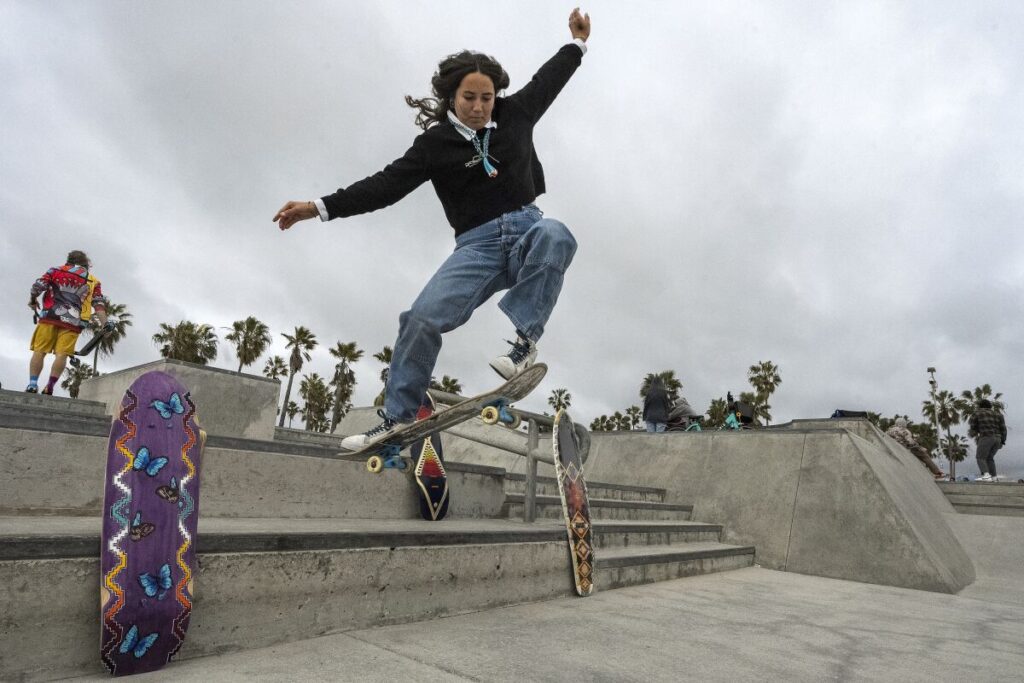Skateboarding has transformed from a children’s hobby into a highly respected sport over the years, developing its own unique culture. Beginning in the 1950s as a way to mimic surfing on land, skateboarding experienced a boom in the 1970s thanks to improved equipment and the creation of skate parks and competitions. The 1980s saw the evolution of the sport’s culture alongside punk rock and alternative music, followed by the popularity of street skating and streetwear in the 1990s. Technological advances in the 2000s have propelled skateboarders to achieve unprecedented heights, and despite change, the skateboarding community maintains values of authenticity, respect, and creativity.
Heading 1: Introduction
Skateboarding has evolved from being a simple hobby to a highly recognized and respected sport worldwide. The culture surrounding skateboarding has also undergone significant changes over the years, creating a unique community with distinct values and beliefs.
Heading 2: The Early Days of Skateboarding
Skateboarding began as a small craze in the 1950s in California. At that time, it was considered a kid’s activity and was seen as a fun way to mimic the feeling of surfing on land. The first skateboards were made of wood or metal, with steel wheels that created a jarring and unpleasant riding experience.
Heading 3: The 1970s – The Skateboarding Boom Era
The 1970s were the golden age of skateboarding. During this decade, skateboarding exploded in popularity, thanks to the introduction of new, specialized equipment like urethane wheels, making it easier to ride and perform tricks. Skate parks and competitions were created to recognize the skill and talent of skateboarders, and skateboarding became a genuine sport.
Heading 4: The Evolution of Skateboard Culture in the ‘80s
The skateboarding culture continued to evolve in the 80s, thanks to the proliferation of punk rock and alternative music. Skateboarding’s rebellious attitude fit well with the punk culture, and inspired a new wave of skaters who enjoyed activities like backyard ramp skating, street skating, and skateboarding videos.
Heading 5: The ’90s and the Thrasher Era
The 1990s were a pivotal moment for skateboarding culture, with the advent of street skating and the popularization of the streetwear style. Skaters now preferred street skating to skateboarding in parks, with Tony Hawk becoming a superstar for his incredible performances.
During this decade, Thrasher magazine also became the source of skateboarding news and culture. It covered the latest news in the skateboarding world, responded to significant issues, and highlighted skater profiles and tricks.
Heading 6: The 2000s and the Rise of Skateboarding to the Next Level
In the 2000s, the skateboard culture continued to evolve, with technological advances pushing athletes to new limits. The top skateboarders began to achieve unprecedented heights and distances with never-before-seen tricks, including Tony Hawk’s 900:
Skateboarding also started to gain worldwide recognition, alongside the continuing growth of the sport in the X Games and skateboarding competitions. Today, skateboarding is an Olympic sport, which has helped propel it further into the mainstream.
Heading 7: Diehard skateboarders’ attitudes
Despite the changes that skateboarding culture has undergone, a few practices that have remained constant are the sense of community and respect among skateboarders. They possess a unique set of values, including the importance of authenticity, respect for other skateboarders, and creativity.
Conclusion:
Skateboard culture has come a long way since its humble beginnings. What was once considered a childish hobby is now an enviable sport and a high-profile cultural phenomenon. As we have seen, the culture surrounding skateboarding continues to evolve, yet nature of the sport and the passion of the skateboarders remain the same.
